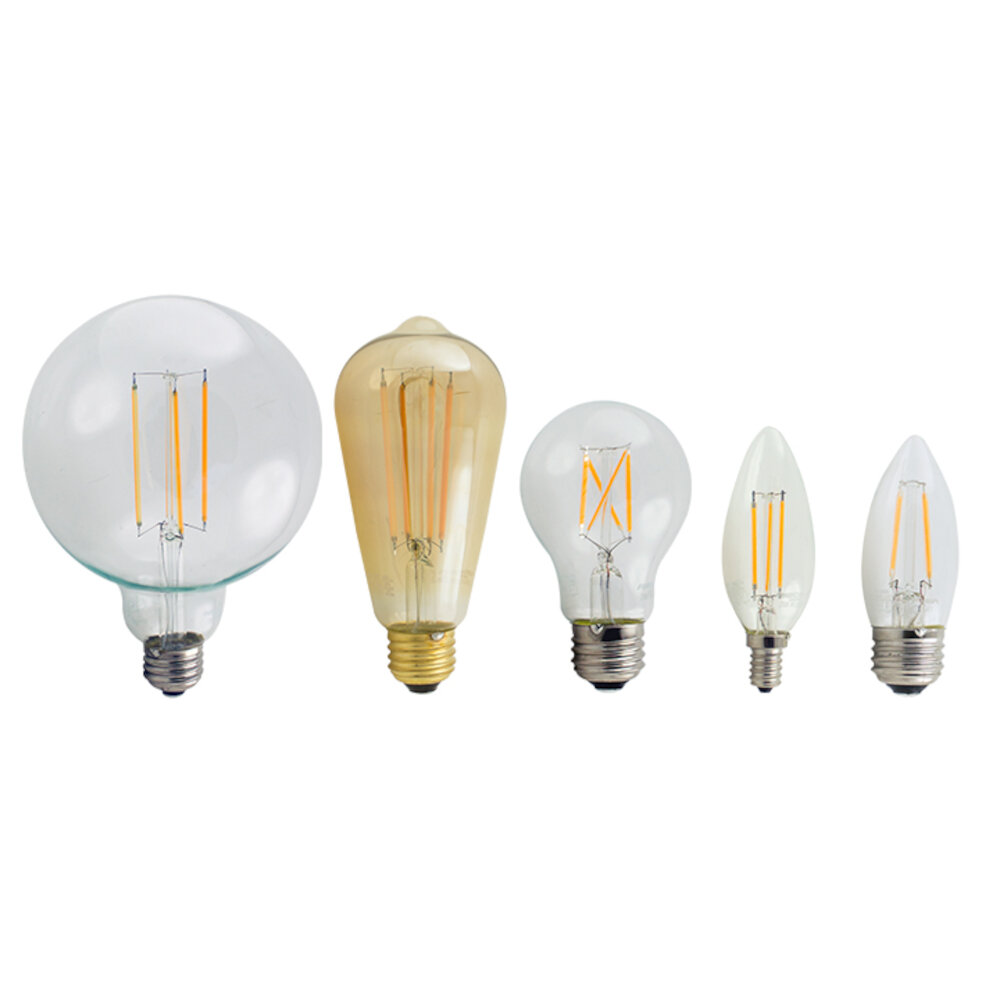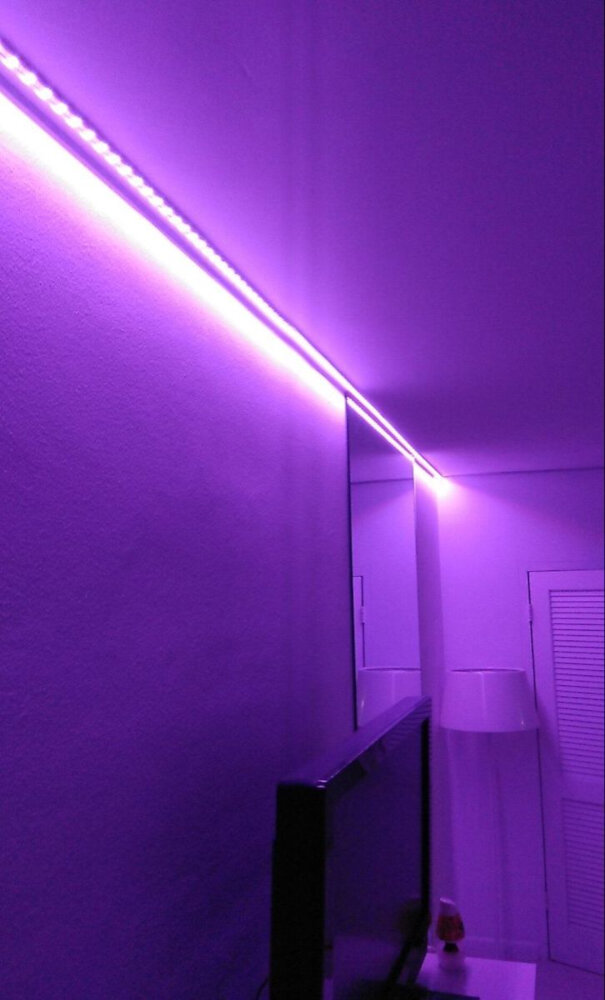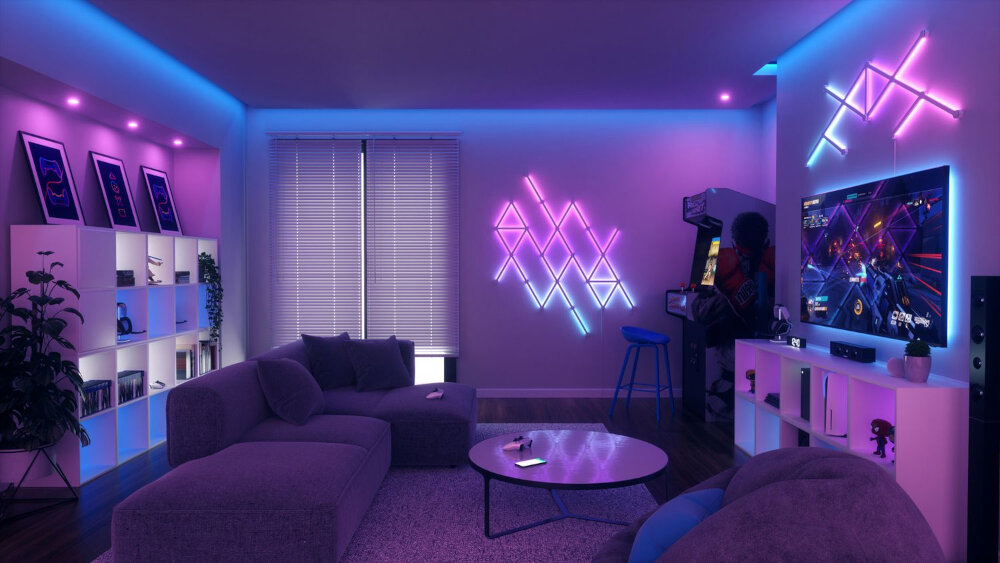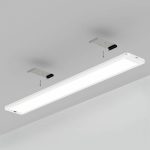The Ultimate Guide to Choosing the Best LED Light Color for an Optimal Movie Watching Experience

In the past few years, LED lights have become an essential part of home decor. They not only provide lighting but also enhance the aesthetics of the surroundings. One of the most popular uses of LED lights is for movie watching. LED lights can create an ambiance that complements the movie, and the right color can enhance the movie-watching experience. However, with so many LED light colors available in the market, it can be challenging to choose the best one. This guide will help you choose the perfect LED light color for an optimal movie-watching experience. When it comes to setting up the perfect movie-watching environment, LED lights can make a world of difference. The right LED light color can create an atmosphere that enhances the movie’s mood and overall experience. Whether you want to create a cozy environment for a romantic movie or an action-packed atmosphere for an action movie, the LED light color you choose can make all the difference. With so many options available, it can be overwhelming to decide which LED light color is best for you. This guide will provide you with a comprehensive understanding of the different LED light colors and their effects on the movie-watching experience, helping you choose the perfect LED light color for your movie nights.
LED lights are a great addition to any movie watching experience. They can create a comfortable and immersive atmosphere in your home theater or living room. By choosing the right LED light color, you can enhance the colors on the screen, add depth to the shadows, and provide a more cinematic feel to your viewing experience. Warm or soft white LED lights can create a cozy and relaxing ambiance, while cooler tones like blue or purple can add a futuristic or mysterious touch to your movie nights. With LED lights, you can customize the lighting to match the mood and tone of the movie, making it a truly unique and personalized experience.
Understanding Color Temperature

Understanding color temperature is crucial in selecting the best LED light color for an optimal movie watching experience. Color temperature refers to the color of light emitted by a bulb or light source. It is measured in units of Kelvin (K) and ranges from warm to cool tones. Warm tones have lower Kelvin values, while cool tones have higher values. The color temperature of a light source affects the ambiance and mood of a room, making it important to choose the right LED light color for an optimal movie watching experience. Warm tones, such as those with a color temperature of 2700K-3000K, create a cozy and inviting ambiance. These types of LED lights are ideal for watching romantic comedies or dramas, as they create a warm and intimate atmosphere. On the other hand, cool tones, such as those with a color temperature of 5000K-6500K, create a bright and energetic ambiance. These types of LED lights are perfect for watching action-packed movies or thrillers, as they create a stimulating and immersive experience. Understanding color temperature is essential in selecting the best LED light color for an optimal movie watching experience, as it can greatly enhance the ambiance and mood of a room.
Color temperature is a measurement of the hue of light emitted by a bulb, and it is measured in degrees Kelvin. Lower degrees Kelvin, such as 2700K, emit a warm yellowish light, while higher degrees Kelvin, such as 6500K, emit a cool blueish light. The color temperature of a bulb can have a significant effect on the mood and ambiance of a room, especially when watching movies. For example, a warm light with a lower degree Kelvin can create a cozy and inviting atmosphere, while a cool light with a higher degree Kelvin can create a more energetic and stimulating ambiance. Therefore, it is essential to choose the right color temperature for your LED lights to create the ideal movie-watching experience.
When it comes to movie watching, the color temperature of the light in the room can have a significant impact on the overall viewing experience. While warm white lights with a color temperature of 2700K or lower might create a cozy ambiance, they can also make the colors in the movie appear dull and unappealing. On the other hand, cool white lights with a color temperature of 5000K or higher can create a bright and vibrant atmosphere, but they can also cause eye strain and fatigue. Therefore, it is recommended to use neutral white lights with a color temperature of around 4000K for an optimal movie watching experience. These lights strike a balance between warm and cool tones, providing a natural and comfortable illumination that enhances the colors and details in the movie without causing any discomfort.
Choosing the Right Color Temperature for the Room

Choosing the right color temperature for a room is crucial when it comes to creating an optimal movie watching experience. Color temperature refers to the hue of the light emitted by a bulb or fixture, and it’s measured in Kelvin (K). The higher the Kelvin value, the cooler and bluer the light appears, while lower Kelvin values produce warmer, yellower tones. For movie watching, it’s recommended to choose a color temperature between 2700K and 3000K, which provides a warm, cozy atmosphere that’s perfect for relaxing and enjoying a good film. If you’re looking for a more immersive experience, you may want to consider a color temperature closer to 4000K. This cooler temperature creates a brighter, whiter light that can enhance the brightness and color accuracy of your TV screen. However, it’s important to note that cooler temperatures can also cause eye strain and fatigue if you’re watching for an extended period of time. Ultimately, the best color temperature for your movie room will depend on your personal preferences and the type of movies you enjoy watching. Experimenting with different temperatures can be a fun way to find the perfect lighting for your cinematic experience.
The color and decor of a room play a significant role in the choice of LED light color for an optimal movie-watching experience. The color of the walls, curtains, furniture, and other decorative items in the room can affect the perception of the LED light color. For instance, if the walls and furniture are of a dark color, a warm LED light color may be preferred to add a cozy and comfortable feeling to the room. On the other hand, if the walls and furniture are of a light color, a cool LED light color may be chosen to provide contrast and enhance the visual appeal of the room. Additionally, the decor style of the room, such as modern or traditional, can also influence the LED light color choice. Overall, it is essential to consider the room’s color and decor when choosing the best LED light color for an optimal movie-watching experience.
Choosing the right LED light color temperature for a room can greatly affect the mood and ambiance of the space. For a optimal movie watching experience, it is recommended to use a color temperature of around 3000K to 4000K, as this will provide a warm and cozy feeling while still maintaining good color accuracy. However, if the room is being used for other purposes such as reading or working, a cooler color temperature of around 5000K to 6500K may be more suitable as it will provide a brighter and more energizing atmosphere. It is important to also consider the room’s decor and personal preference when selecting the LED light color temperature. Ultimately, choosing the right LED light color temperature can greatly enhance the overall viewing experience and create the perfect ambiance for any occasion.
The Importance of Color Rendering Index (CRI)

When it comes to creating an optimal movie watching experience, color rendering index (CRI) plays a crucial role. CRI measures a light source’s ability to accurately render colors, with a perfect score of 100 indicating that colors appear as they would under natural daylight. In a movie theater, having a high CRI ensures that the colors on the screen are vivid and true to life, which can greatly enhance the overall viewing experience. LED lights with a high CRI are particularly important for movie watching at home, as they can help to bring out the subtle nuances and details in the film’s color palette. Another reason why CRI is important for movie watching is that it can affect the viewer’s mood and emotions. Studies have shown that different colors can have psychological effects on people, and that the way colors are presented can influence how a person feels. For example, warm colors like red and yellow can create feelings of excitement and energy, while cooler colors like blue and green can have a calming effect. By choosing LED lights with a high CRI and the appropriate color temperature, you can create a viewing environment that not only looks great but also helps to enhance the emotional impact of the movie.
Color Rendering Index (CRI) refers to the ability of an LED light to accurately render colors when compared to natural light. It is a measure of the light source’s ability to reproduce colors realistically and is expressed on a scale of 0 to 100, with higher values indicating better color accuracy. CRI is an essential factor to consider when choosing LED lights for a movie watching experience, as it directly affects the overall picture quality. A lower CRI value can result in washed-out, inaccurate colors, which can negatively impact the viewing experience, while a higher CRI value can provide more vibrant and lifelike colors, resulting in a more immersive and enjoyable movie-watching experience. Therefore, it is essential to select LED lights with a high CRI value for optimal color accuracy and the best possible viewing experience.
When it comes to movie watching, the Color Rendering Index (CRI) plays a crucial role in setting the right mood and creating a cinematic atmosphere. A high CRI rating ensures that the colors are displayed accurately, allowing you to experience the true emotions and effects of the movie. A recommended CRI for movie watching is 90 or above, as it provides excellent color accuracy and clarity. With a high CRI, you can expect to see vivid and lifelike colors that are true to the director’s intended vision. Whether you’re watching a romantic comedy or an action-packed thriller, a high CRI rating will enhance your viewing experience and transport you into the world of the movie.
Dimming and Color Changing

Dimming and color changing are two important features that can greatly enhance the movie watching experience. Dimming allows you to adjust the brightness of the LED lights based on your preference, creating a more comfortable and immersive environment. Whether you prefer a darker atmosphere for a horror movie or a brighter one for an action-packed film, dimming allows you to customize the lighting to your liking. Furthermore, dimming can also help to reduce eye strain and fatigue, especially during longer movie sessions. This is because excessive brightness can cause discomfort and even headaches, which can detract from the overall enjoyment of the movie. Color changing is another feature that can enhance the movie watching experience. With LED lights that have color changing capabilities, you can create a variety of moods and atmospheres based on the colors you choose. For example, you could set the lights to a warm and inviting orange for a romantic comedy, or a cool and calming blue for a thriller. Additionally, color changing can also help to create a more immersive experience by mimicking the colors and lighting of the movie itself. This can help to draw you further into the story and make you feel more connected to the characters and scenes on screen. Overall, dimming and color changing are two features that should be considered when choosing LED lights for a movie watching environment.
Dimming and color-changing LED lights offer a multitude of benefits for movie watching, vastly improving the overall viewing experience. With the ability to adjust the brightness of the lighting, viewers can achieve optimal lighting without any harsh glare or reflections that could otherwise affect the quality of the movie. Additionally, color-changing LED lights provide an immersive cinema experience by allowing viewers to adjust the color temperature of the lighting to match the mood and setting of the movie. This feature can also help reduce eye strain and create a comfortable viewing atmosphere for extended movie sessions. Overall, dimming and color-changing LED lights provide a versatile and customizable lighting option that enhances the movie-watching experience to a whole new level.
When it comes to setting up the perfect ambiance for a movie night, the right LED light color and dimming settings can make all the difference. For optimal movie watching, it’s recommended to start with a warm white or soft yellow color temperature, as this helps to create a cozy and inviting atmosphere. In terms of brightness, dimming the lights to around 20-30% can help to reduce eye strain and create a more immersive viewing experience. Color-changing settings can also enhance the mood and atmosphere of the movie, with options like a deep blue for underwater scenes or a warm orange for sunsets. Ultimately, finding the perfect LED light color and dimming settings for your movie night comes down to personal preference, so don’t be afraid to experiment and find what works best for you.
When it comes to creating an optimal movie watching experience, choosing the right LED light color temperature and Color Rendering Index (CRI) is crucial. Warm white lights with a color temperature of around 2700K to 3000K are recommended as they mimic the warmth of traditional incandescent bulbs and create a cozy and inviting atmosphere. However, if you prefer a more natural and bright light, cool white lights with a temperature of around 4000K to 4500K can also work well. In terms of CRI, a rating of 90 or above is recommended as it ensures accurate color representation and enhances the visual experience. Overall, the choice of LED light color temperature and CRI depends on personal preference and the type of movie being watched, but a warm white light with a high CRI rating is a safe bet for an optimal movie watching experience.
When it comes to creating the perfect atmosphere for a movie night, LED light color selection plays a crucial role. It is essential to consider the room decor and personal preferences while choosing the LED light color. The right LED light color can elevate the overall ambiance of the room, creating a cozy and comfortable environment for a movie night. It is crucial to select a light color that complements the room’s color scheme and enhances the mood of the movie. Personal preferences are equally important as they can influence the mood and overall experience of the movie. A warm LED light color can create a relaxing and cozy environment, while a cool LED light color can give a futuristic and modern feel. Therefore, considering both the room decor and personal preferences is vital in selecting the best LED light color for an optimal movie watching experience.
Conclusion

In conclusion, selecting the right LED light color is crucial for an exceptional movie-watching experience, as it can significantly impact the quality and mood of the film. With the proper understanding of color temperatures and their effects on the human eye, viewers can create an immersive cinematic atmosphere that enhances their enjoyment of the movie. From warm and cozy yellows to cool and calming blues, the possibilities are endless in creating the perfect ambiance for your next movie night. So, whether you prefer a cozy night in with your loved ones or an intense cinematic experience, choosing the best LED light color will undoubtedly elevate your viewing pleasure to a whole new level.




